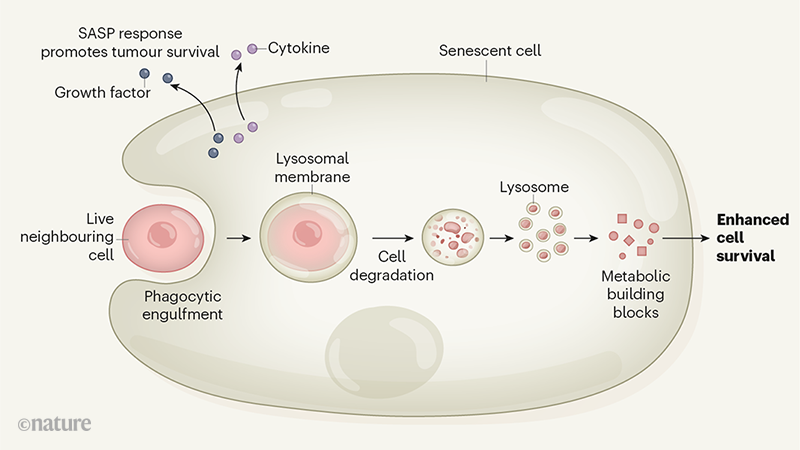Disturbances in glucose metabolism (insulin resistance and abnormal glucose tolerance) are frequently observed among ALS patients. In recent years, there has been growing interest in the elusive relationship between premorbid diabetes and ALS.
With regard to the risk of developing ALS, studies in European countries have demonstrated that premorbid type 2 diabetes protects people against ALS development. One exception was the study by Sun et al. , who found that premorbid type 2 diabetes increased the risk of ALS development in Asia (Taiwan, China). In addition, a 4 year delay in the onset of ALS was observed in ALS patients with premorbid type 2 diabetes.
The aforementioned literature demonstrated the distinctive effect of premorbid type 2 diabetes on ALS patients from Asia and Europe. The present study aims to provide evidence for the association between premorbid type 2 diabetes and ALS by evaluating the onset and prognostic value in our cohort of ALS patients.
Patients were recruited from the national referral Amyotrophic Lateral Sclerosis Clinic at the Department of Neurology, Peking University Third Hospital (PUTH), Beijing, between 1January 2013, and 31 December 2016. Among 1331 consecutive sporadic ALS patients, 100 (7. 5%) were labeled as ALS type 2 diabetes and 1231 were labeled as ALS control according to the presence or absence of premorbid type 2 diabetes
As in other studies, the authors found a 4. 4 year delay in the onset of ALS inpatients with premorbid type 2 diabetes after controlling for other ALS disease modifiers, including gender.
The prevalence of premorbid type 2 diabetes at base line in ALS patients was lower than the estimated rate among the Chinese population. The overall prevalence of premorbid type 2 diabetes at baseline among ALS patients was 100/1331¼7. 5%; however, the expected prevalence of type 2 diabetes in the general population (>18 years) in China is estimated to be over 11. 6% (95% CI, 11. 3% – 11. 8%). This observation also indicates a protective role of premorbid type 2 diabetes on ALS development. This result was consistent with what has been reported in other studies.
In this study, the mean age of onset of ALS symptoms was 52. 9 years (SD, 10. 2 years), which was lower than that reported in Japan (64. 8 years), Italy (64. 8 years), Europe (64. 4 years) and Germany (67. 0 years). The age of onset of Chinese patients with ALS is approximately a decade younger than that of European and Japanese patients with ALS.
It is noteworthy that the willingness to medically treat younger patients is much stronger than that of elderly patients. Since ALS is a relatively rare disease, ALS might be under recognized in older people because being weak or wasted may be regarded as a normal part of aging or because multiple medical problems may ALS diagnostic difficult. This may create bias.
A clear molecular explanation of the relationship between type 2 diabetes and ALS remains a challenge. Recently, several radiographic and molecular studies have demonstrated that structural and functional alterations in the hypothalamic melanocortin system are frequently observed at the preclinical stage of ALS patients. The essential role of melanocortins lies in the regulation of body weight and appetite. The hypothalamic melanocortin pathway is a critical center for monitoring, processing, and responding to peripheral signals, including hormones, such as ghrelin, leptin, and insulin.
In ALS patients, these alterations in the structure and function of the hypothalamic melanocortin system provide a mechanistic explanation for the abnormalities in food intake and metabolism observed inpatients with ALS. Increasingly, behavior related changes have been associated with improved survival. Similarly, these preclinical alterations in the hypothalamic melanocortin pathway, as compensatory changes for ALS development, could also be a potential explanation for ALS patients with insulin resistance and type 2 diabetes. High levels of glucose could reduce the damage to motoneurons caused by hypermetabolism in the preclinical and early stages of ALS, while in the middle and late stages of ALS, when the melanocortin system is in a decompensatory period, insulin resistance and type 2 diabetes have no beneficial effect on the progression or survival of ALS patients.
In Alzheimer disease, for example, clinical and epidemiological studies have shown that the risk of Alzheimer disease was almost doubled in type 2 diabetes patients compared to the general population. Insulin deficiency and insulin resistance, core features of type 1 diabetes and type 2 diabetes, were also observed in the brains of Alzheimer disease patients. Thus, researchers proposed the term “type 3 diabetes”, which reflects the fact that Alzheimer disease represents a form of diabetes that selectively involves the brain and has molecular and biochemical features that overlap with both type 1 diabetes and type 2 diabetes. However, the question of whether the observed insulin resistance is a cause or consequence of neuro-degeneration in Alzheimer disease remains open.
Finally, the anti type 2 diabetes drugs metformin and pioglitazone, which have been proven to be neuroprotective in Alzheimer disease and other neurodegenerative diseases, have unexpectedly failed to show beneficial effects on the progression or survival of ALS patients. It was found that, at later time points, the metformin induced trophic effects may have been overshadowed by advancing and aggressive SOD1G93A pathology and potentially negative drug effects. The cause of pioglitazone’s failed clinical translation remains elusive. It was even suggested that suboptimal glycemic control may be beneficial in ALS.



 Source: Ben Brahim Mohammed, wikimedia.org/w/index.php?curid=12263975
Source: Ben Brahim Mohammed, wikimedia.org/w/index.php?curid=12263975 * Zephyris Source CC BY-SA 3.0, * https://commons.wikimedia.org/w/index.php?curid=10811330
* Zephyris Source CC BY-SA 3.0, * https://commons.wikimedia.org/w/index.php?curid=10811330